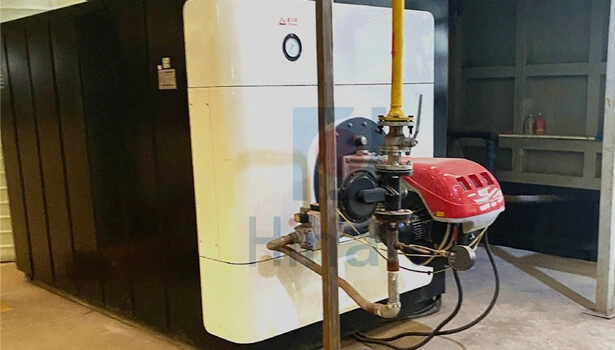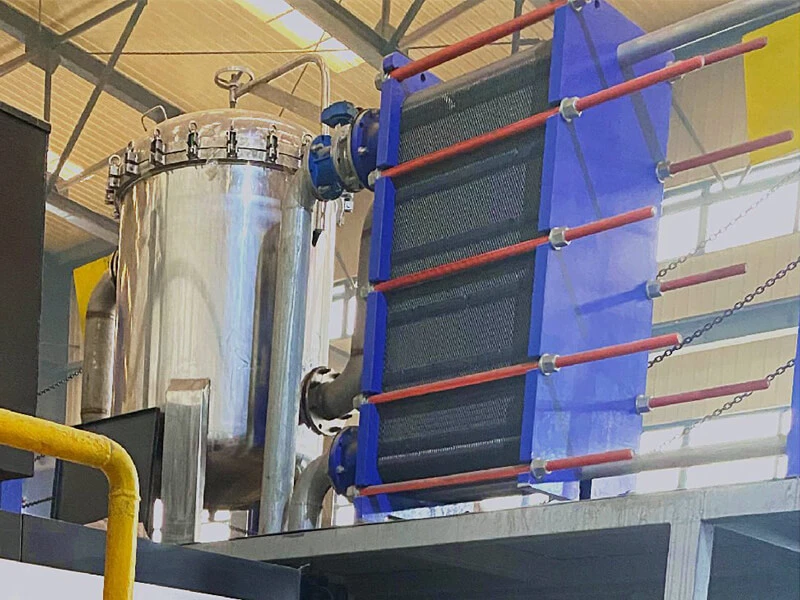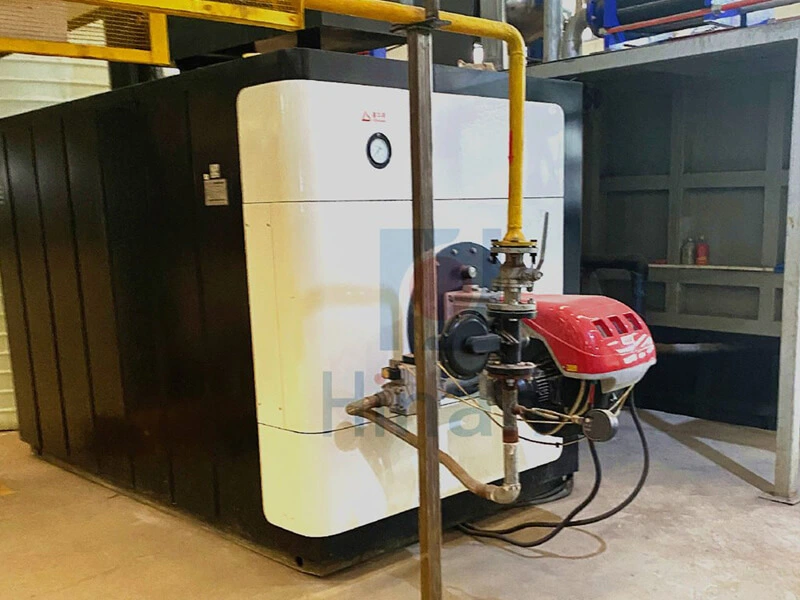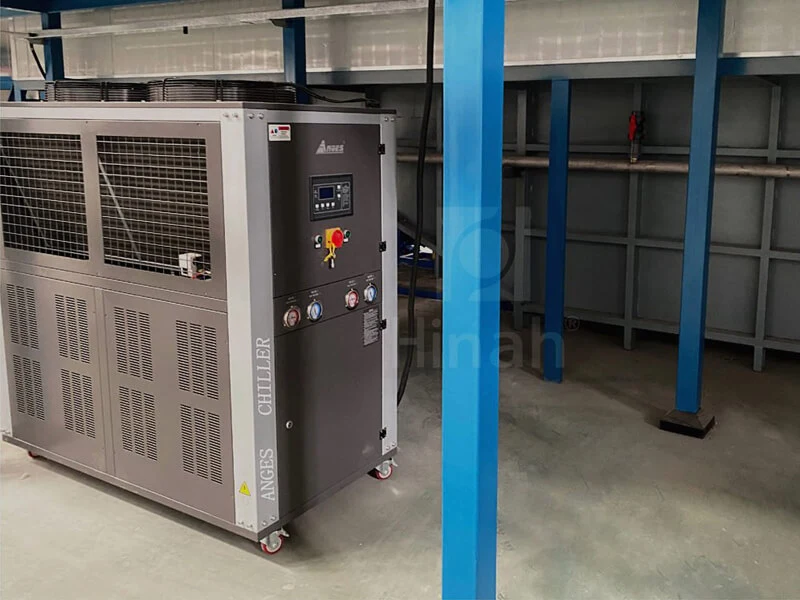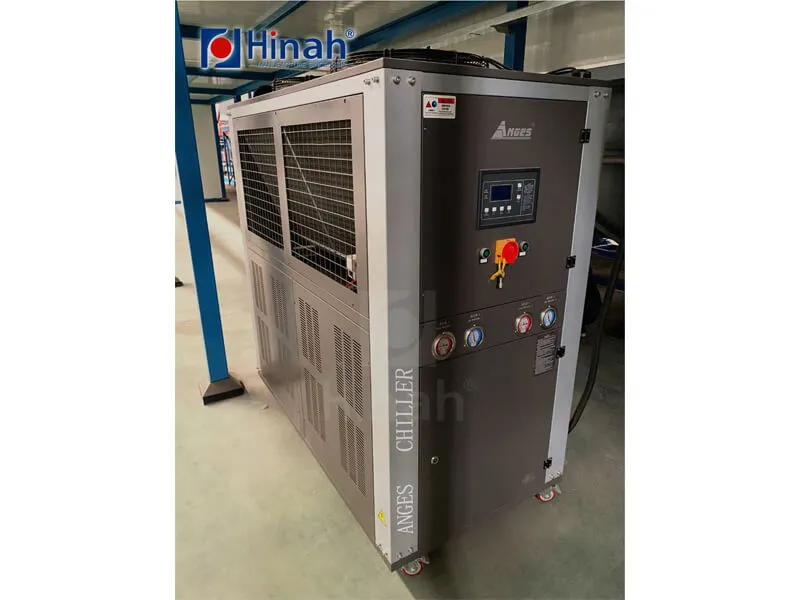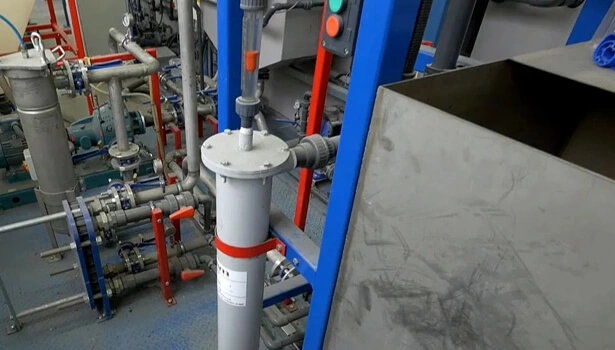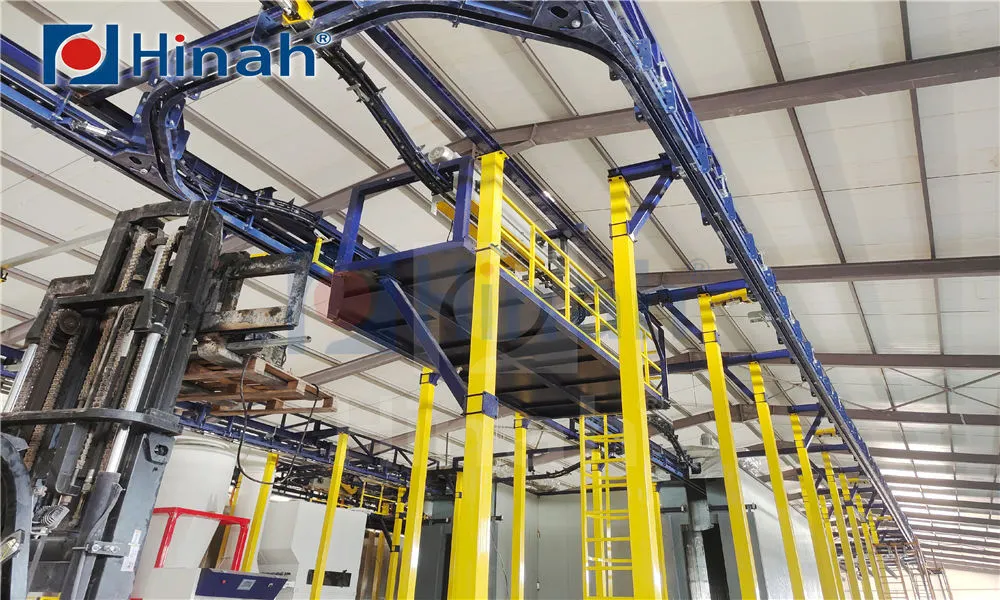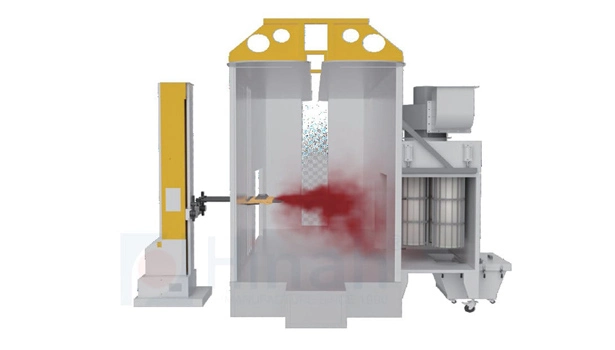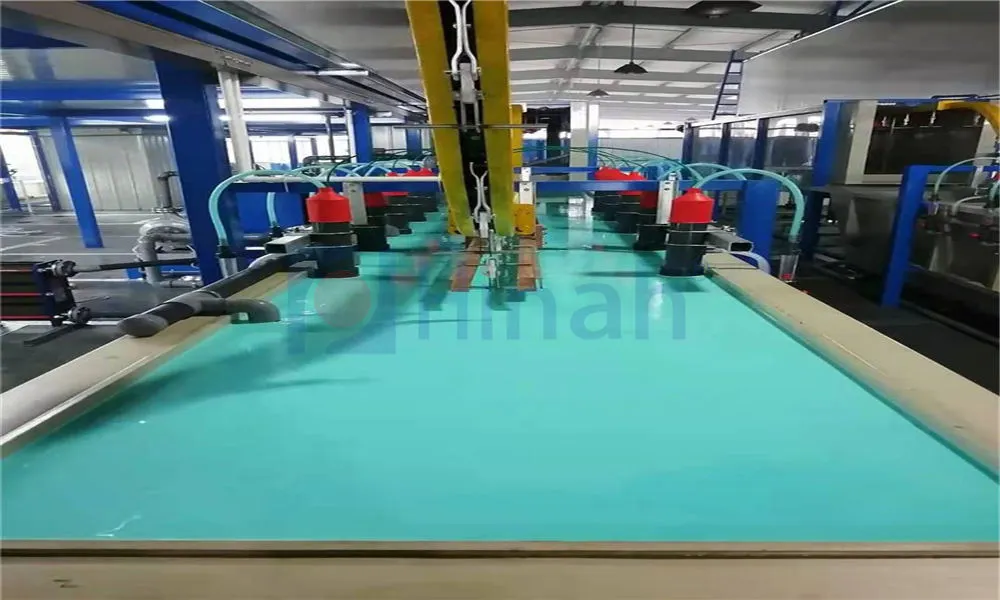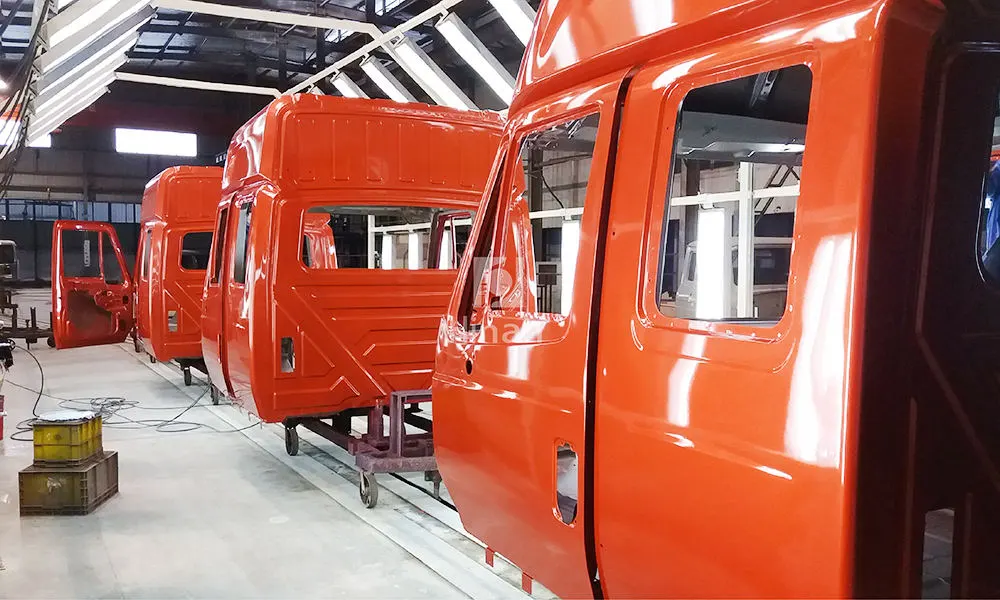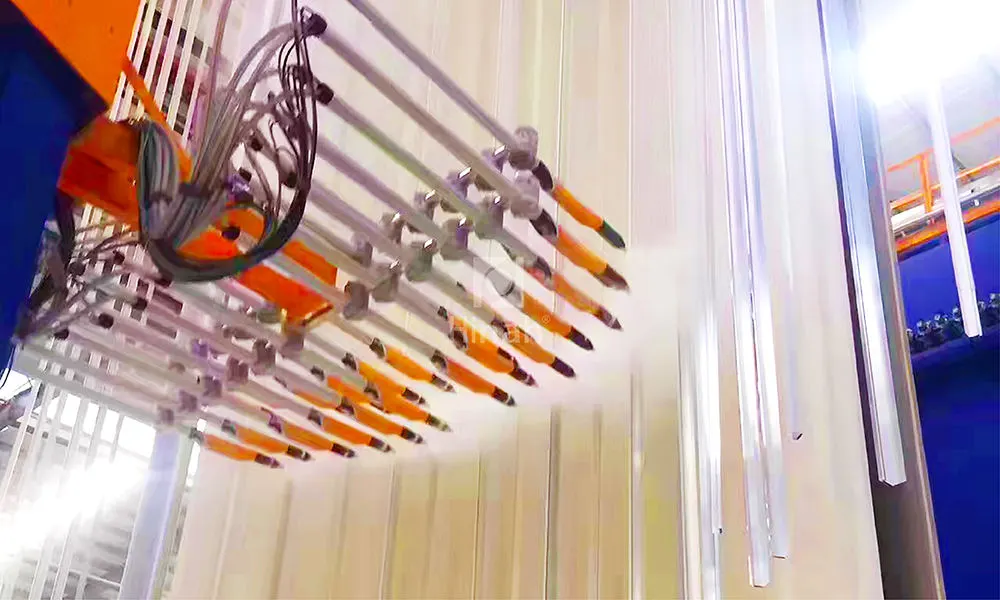Key Components & Features of Thermostatic Equipment
Sensor: Accurately detects the current temperature.
Controller/Thermostat: Processes the sensor input, compares it to the setpoint, and decides on corrective action. Modern controllers can be digital, programmable, and even "smart" with learning capabilities.
Actuator: Executes the controller's command (e.g., turning a heater on/off, modulating a valve).
Heating/Cooling Element: The component that physically adds or removes heat.
Setpoint Adjustment: Allows users to define the desired temperature.
Differential (Hysteresis): The acceptable temperature range above or below the setpoint before the system activates, preventing rapid cycling.
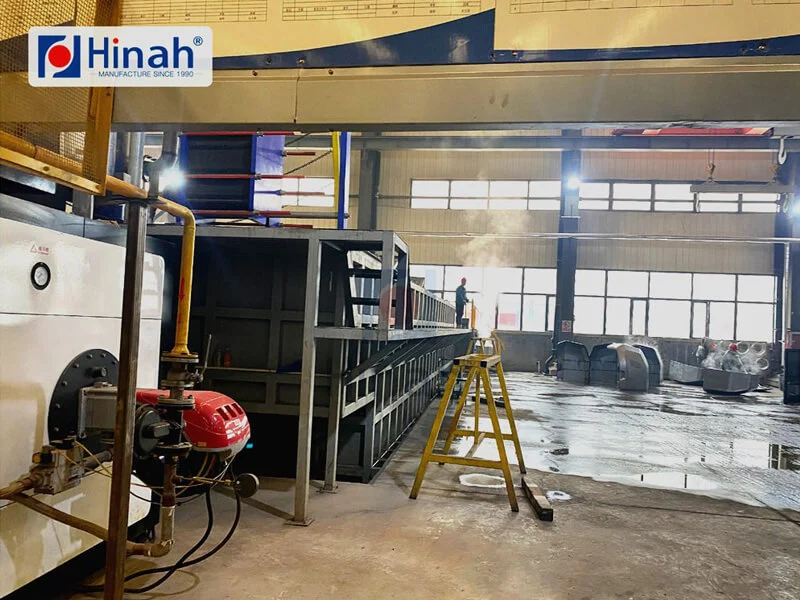
Ubiquitous Applications of Thermostatic Equipment
Thermostatic equipment is indispensable in modern life and industry:
HVAC Systems: Maintaining comfortable temperatures in homes, offices, and vehicles via thermostatically controlled furnaces, air conditioners, and heat pumps.
Refrigeration & Appliances: Ensuring food safety in refrigerators and freezers, precise cooking in ovens, and consistent water temperature in water heaters and dishwashers.
Industrial Processes: Critical for chemical reactions, material curing, plastic molding, food processing (pasteurization, sterilization), metal treatment, and maintaining stable conditions in manufacturing cleanrooms.
Healthcare & Laboratories: Regulating temperatures in incubators for newborns and cell cultures, environmental chambers, autoclaves, blood bank refrigerators, and sensitive analytical equipment.
Agriculture: Controlling environments in greenhouses and livestock housing.
Consumer Electronics: Preventing overheating in computers and battery chargers.
Significance and Benefits of Thermostatic Equipment
Precision & Stability: Enables processes requiring exact temperature conditions.
Energy Efficiency: By preventing unnecessary heating or cooling and optimizing operation cycles, thermostatic controls significantly reduce energy consumption and costs.
Automation: Eliminates the need for constant manual monitoring and adjustment.
Safety: Prevents overheating (fire hazard), freezing (pipe bursts, damage), and ensures safe operating conditions for equipment and biological materials.
Quality Control: Consistent temperature is crucial for product quality and reproducibility in manufacturing and research.
Comfort: Provides desired environmental conditions for living and working spaces.


